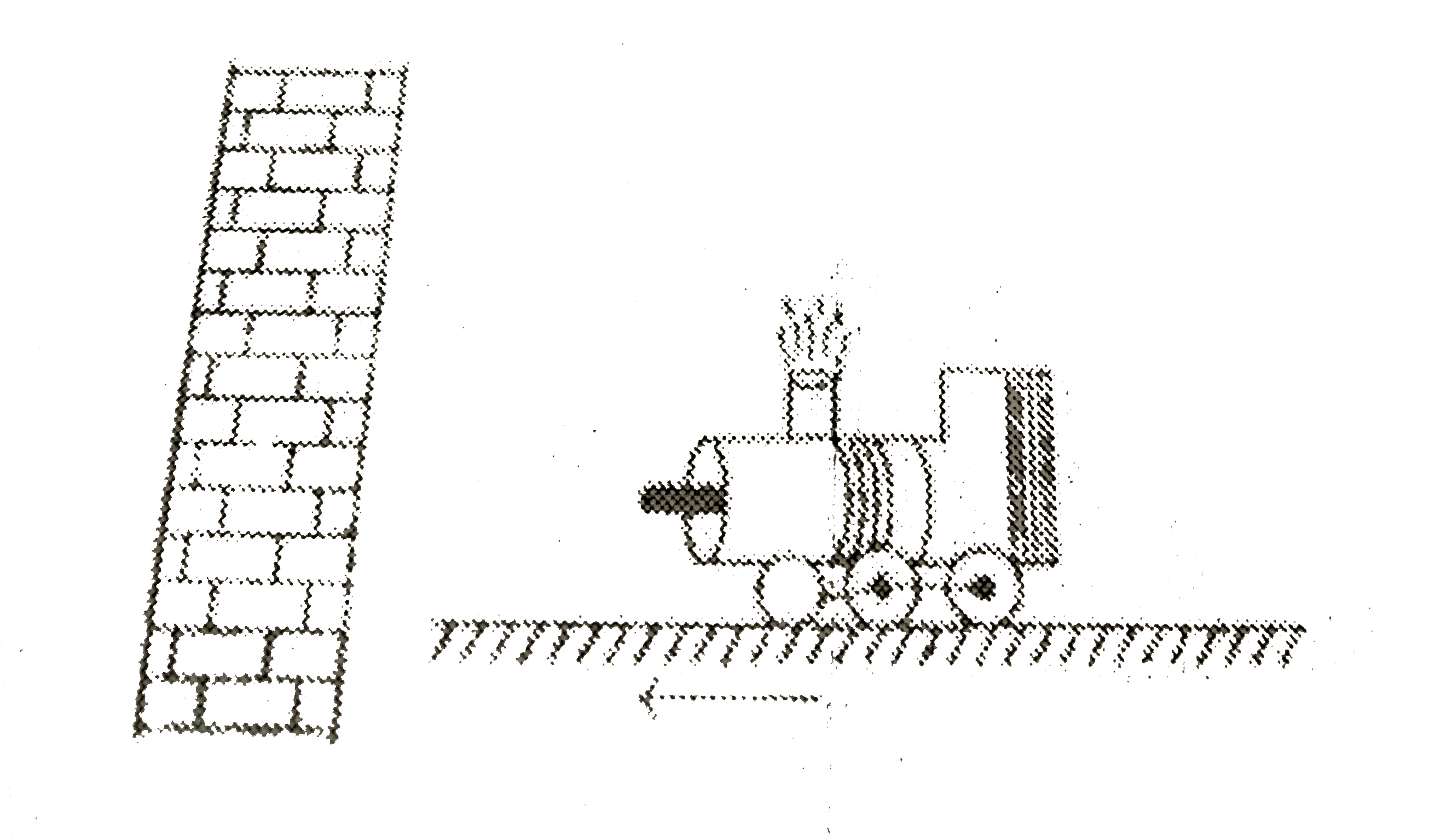A bat flies perpendicularly towards a wall with a speed of 6 m/s, emitting sound of frequency 450 kHz. What is the frequency of the wave reflected from the wall that it will hear? Given c=340ms?
To solve the problem of finding the frequency of the sound wave reflected from the wall that the bat will hear, we can use the Doppler Effect formula. Here’s a step-by-step solution:
Step 1: Identify the known values
- Speed of sound in air, c=340m/s
- Speed of the bat (source), vs=6m/s
- Frequency of the sound emitted by the bat, fs=450kHz=450×103Hz
Step 2: Calculate the frequency of the sound wave as it reaches the wall
When the bat emits sound while moving towards the wall, we can use the Doppler Effect formula for the frequency observed by a stationary observer (the wall):
f′=fs(cc−vs)
Substituting the known values:
f′=450×103(340340−6)
Step 3: Simplify the equation
Calculate the denominator:
340−6=334
Now substitute back into the equation:
f′=450×103(340334)
Step 4: Calculate the frequency f′
Now calculate 340334:
340334≈1.01796
Now multiply this by 450×103:
f′≈450×103×1.01796≈458,580Hz
Step 5: Calculate the frequency of the reflected sound wave
Now, the wall reflects this sound back to the bat. The bat is now the observer moving towards the reflected sound wave. We can use the Doppler Effect formula again:
f′′=f′(c+vsc)
Substituting the values:
f′′=458,580(340+6340)
Step 6: Simplify and calculate f′′
Calculate the numerator:
340+6=346
Now substitute back into the equation:
f′′=458,580(346340)
Calculate 346340:
346340≈1.01765
Now multiply this by 458,580:
f′′≈458,580×1.01765≈466,160Hz
Final Answer
The frequency of the wave reflected from the wall that the bat will hear is approximately 466.16 kHz.
---
- Speed of sound in air, c=340m/s
- Speed of the bat (source), vs=6m/s
- Frequency of the sound emitted by the bat, fs=450kHz=450×103Hz
When the bat emits sound while moving towards the wall, we can use the Doppler Effect formula for the frequency observed by a stationary observer (the wall):
Calculate the denominator:
Now calculate 340334:
Now, the wall reflects this sound back to the bat. The bat is now the observer moving towards the reflected sound wave. We can use the Doppler Effect formula again:
Calculate the numerator:
The frequency of the wave reflected from the wall that the bat will hear is approximately 466.16 kHz.
Topper's Solved these Questions
- BOOK - CENGAGE PHYSICS ENGLISHCHAPTER - SOUND WAVES AND DOPPLER EFFECTEXERCISE - Subjective56videos
SOUND WAVES AND DOPPLER EFFECT
- BOOK - CENGAGE PHYSICS ENGLISHCHAPTER - SOUND WAVES AND DOPPLER EFFECTEXERCISE - Single Correct252videos
SOUND WAVES AND DOPPLER EFFECT
- BOOK - CENGAGE PHYSICS ENGLISHCHAPTER - SOUND WAVES AND DOPPLER EFFECTEXERCISE - Exercise 6.156videos
SOUND WAVES AND DOPPLER EFFECT
- BOOK - CENGAGE PHYSICS ENGLISHCHAPTER - RIGID BODY DYNAMICS 2EXERCISE - Interger2videos
RIGID BODY DYNAMICS 2
- BOOK - CENGAGE PHYSICS ENGLISHCHAPTER - SUPERPOSITION AND STANDING WAVESEXERCISE - Comprehension Type5videos
SUPERPOSITION AND STANDING WAVES
Similar Questions
A bat flies perpendicularly towards a wall with a speed of 6 m/s, emitting sound of frequency 450 kHz. What is the frequency of the wave reflected from the wall that it will hear? Given c=340m/s?
View SolutionAn engine driver moving towards a wall with velocity of 50ms−1 emits a note o frequency 1.2kHz. The frequyency of note after reflection from the wall is eard by the engine driver when speed of sound in air is 350ms−1 is
 View Solution
View SolutionA sound wave travels at a speed of 339m/s. If its wavelength is 1.5cm, what is the frequency of the wave ? Will it be audible ?
View SolutionA bus is moving towards a huge wall with a velocity of 5m/s−1. The driver sounds a horn of frequency 200Hz. The frequency of the beats heard by a passenger of the bus will be ………… Hz (Speed of sound in air =342m/s−1)
View SolutionA car emitting sound of frequency 500 Hz speeds towards a fixed wall at 4ms. An observer in the car hears both the source frequency as well as the frequency of sound reflected from the wall. If he hears 10 beats per second between the two sounds, the velocity of sound in air will be
View SolutionA car travels at a speed of 'a' towards a high wall. The driver sounds a horn of frequency 'n'. If V is the velocity of sound in air, frequency of reflected sound heard by the driver is
View SolutionBus moving with speed v forwards a stationary wall. it produces sound of frequency f=420Hz.Theheardequencyofref≤ctedsoundomwallbydriveris490 Hz.Calca––tethespeedvofbus.Thevelocityofsound∈airis330 m/s.
View SolutionSpeed of sound wave is v. If a reflector moves towards a stationary source emitting waves of frequency f with speed u, the wavelength of reflected waves will be
View SolutionAn observer is moving with a constant speed of 20m/s on a circular track of radius 50m. A source kept at centre of track emits a sound of frequency 200 Hz. Then the frequency received by the observer is x×102 Hz, what is value of x. (V= 340m/s)
View SolutionA siren emitting a sound of frequency 2000 Hz moves away from you towards a cliff at a speed of 8 m/s.
(a) What is the frequency of the sound you hear coming directly from the siren.
(b) What is the frequency of sound you hear reflected off the cliff. Speed of sound in air is 330ms.View Solution

